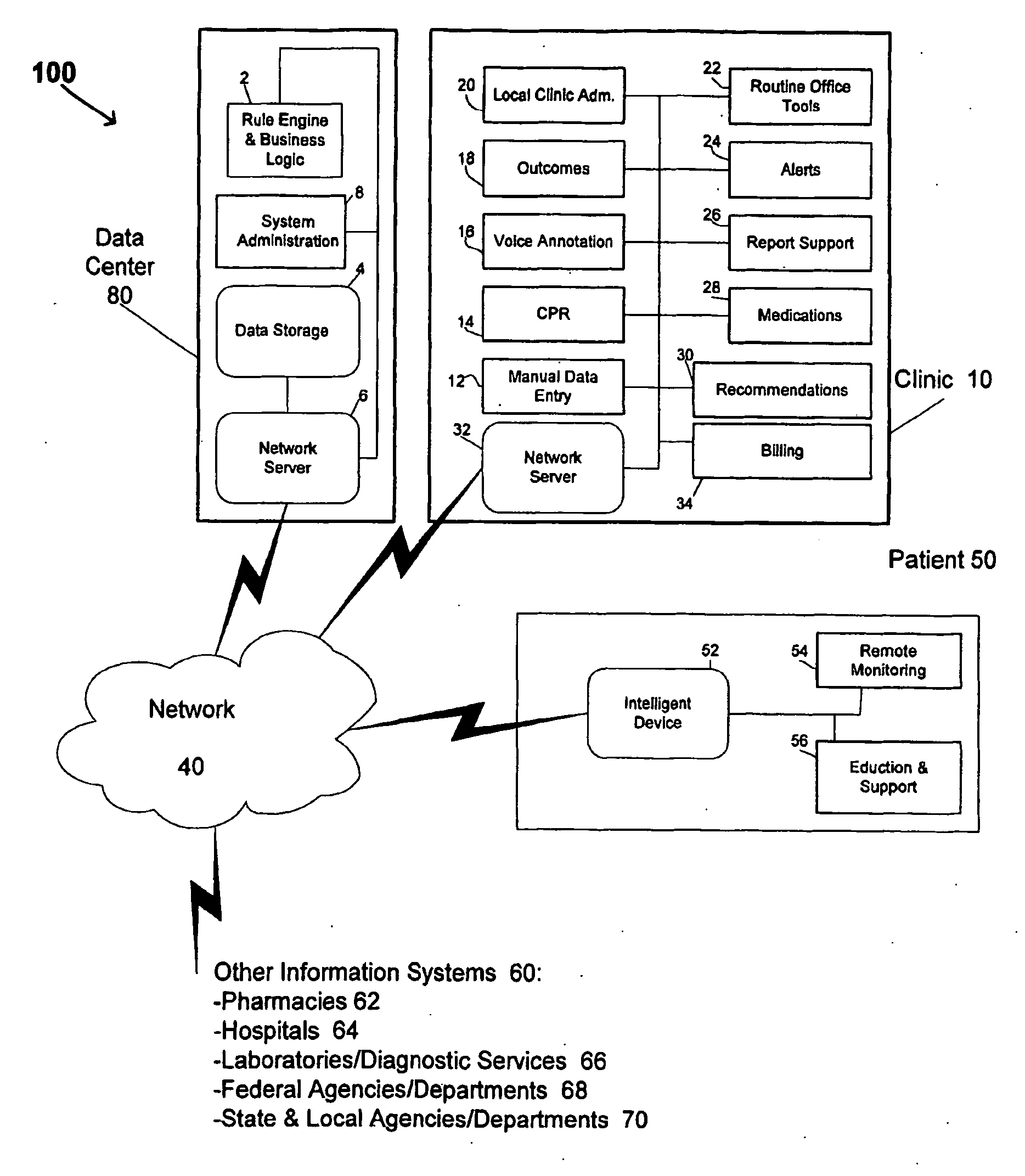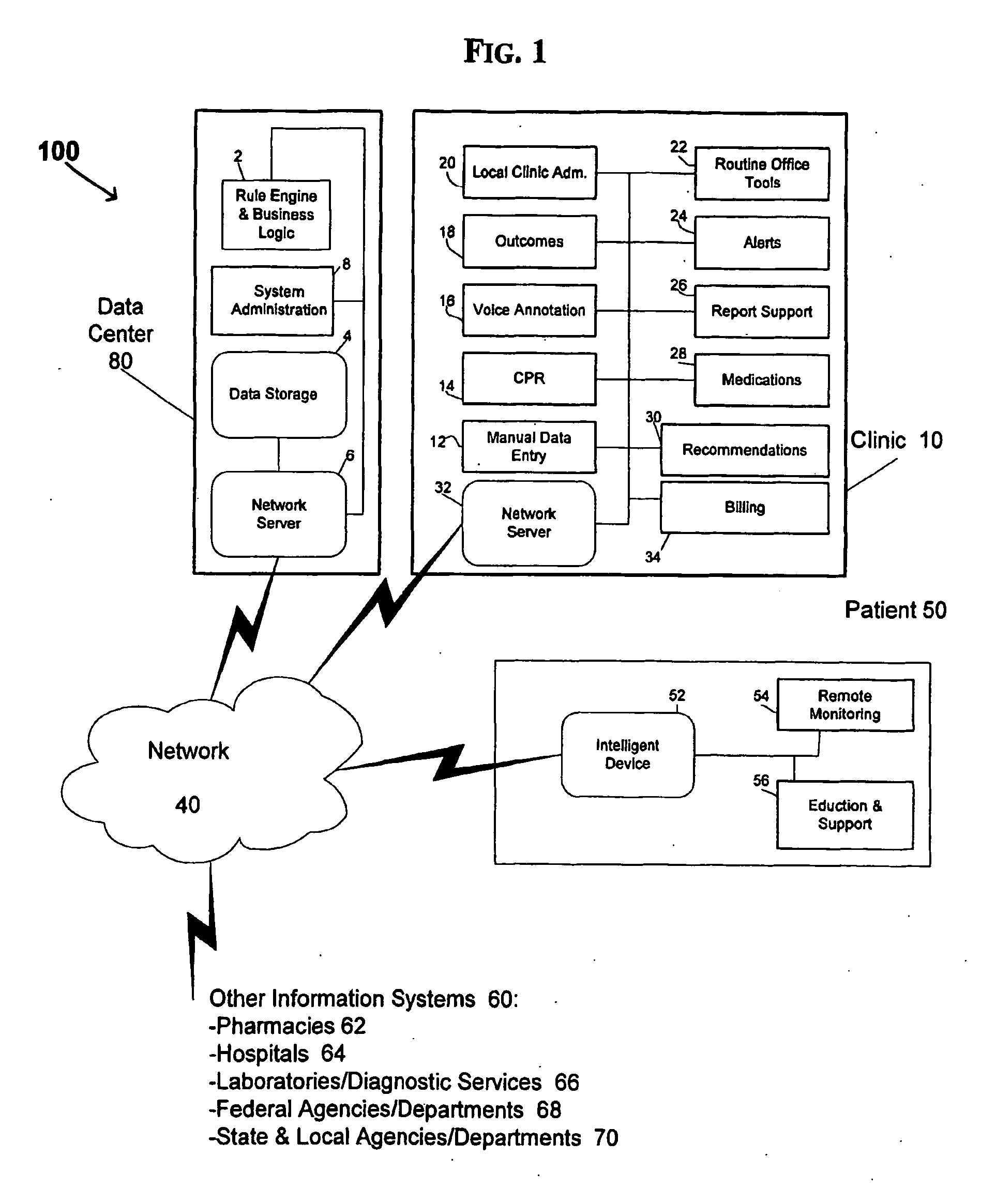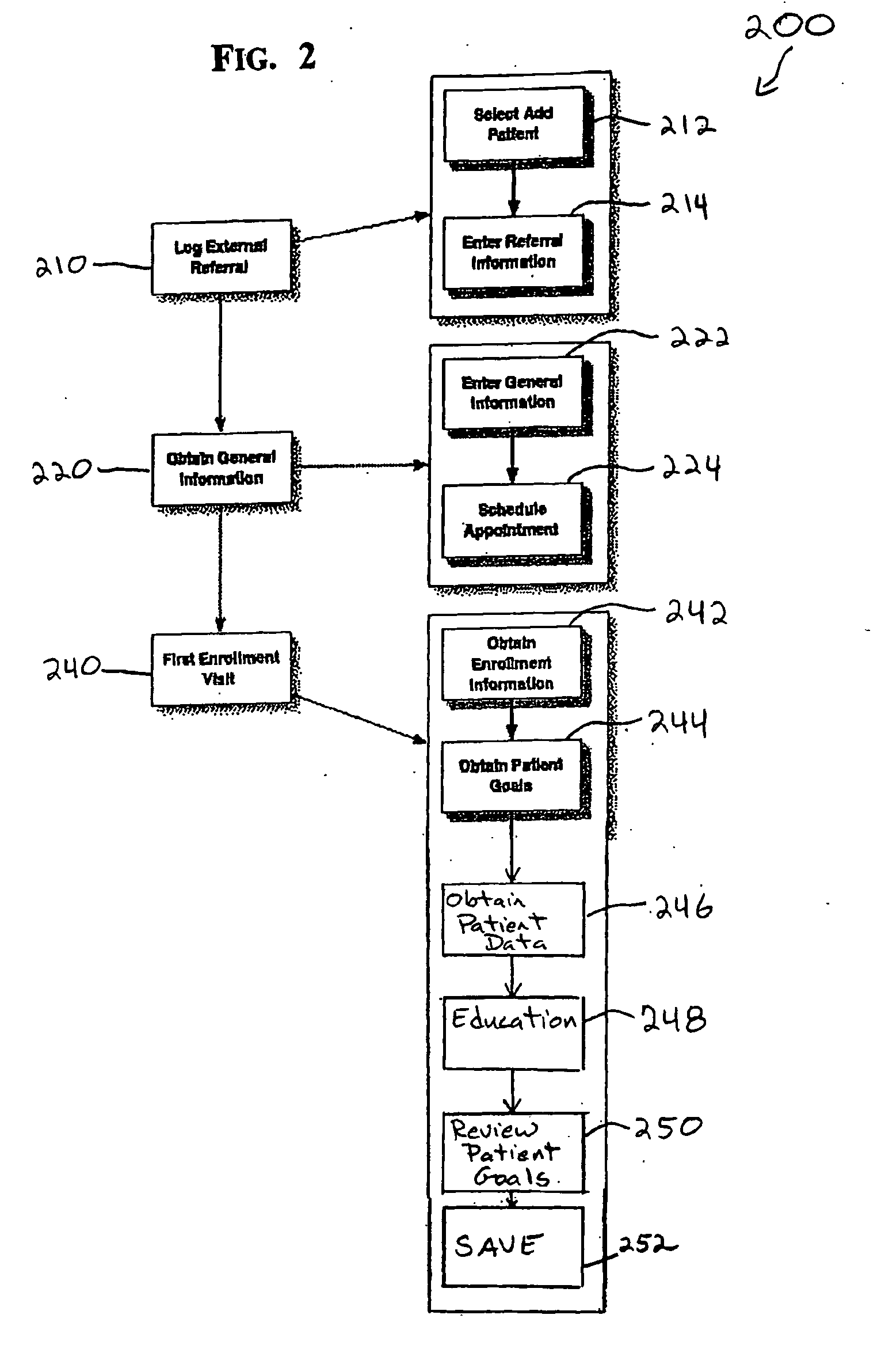These conditions are responsible for significant morbidities including
amputation,
blindness, and lost productivity in addition to associated increases in mortality.
Reduce Costs—
Disease groups generate costs differently, but in all cases, hospital admissions and emergency room visits are significant and often preventable factors.
They usually face opposition both from finance departments that are concerned with up-front costs, and primary care physicians and specialists who are concerned about loss of control and “cookbook”
medicine involving inflexible protocols that prevent them from using their own judgment when treating patients.
However, because measures of success vary, there is often no
consensus on how to improve them.
A significant part of the problem with many
disease management programs lies in the basic way they are implemented.
Drawbacks—Obviously, this can be a source of
frustration for the doctor, as the nurses at the call center are the ones that decide what information the doctor does, and does not, need to know.
Both of these approaches create substantial problems.
They interrupt and frequently supersede the traditional doctor-patient relationship, and are consequently resisted by the physician
community.
Furthermore, these solutions, involving third parties, often have financial incentive to keep patient calls and doctor referrals to a minimum, which patients find frustrating.
The less likely patients are to use the
system, the less good it does in terms of providing them a service, and in keeping unnecessary hospital visits down.
These solutions are incomplete in that they focus primarily on guidelines, and fail to provide detailed tools to help the physicians improve
patient care.
However, successes in
disease management have been isolated and unconvincing.
Few studies relate the high cost of delivering
disease management solutions.
Many
disease management solutions are difficult to implement without significant disruption of normal clinic work practices.
Finally, when a
disease management program succeeds it is rarely exported to other healthcare systems.
More commonly, these often create fragmentation and introduce additional complexities in clinical practice.
Complex care pathways are difficult to implement using paper records.
Even when prior art healthcare management systems utilize electronic
record keeping, their efforts are disjointed and ineffective.
(3) Failure of Electronic Medical Records.
However, utilization of EMRs by healthcare providers has been very limited since (1) the large amount of
data entry required created more work than the benefits warranted, and (2)
data entry interferes with nominal clinic
workflow.
Healthcare providers have legal liability for review of any
patient information received, and for the actions they take or overlook.
At some point, the data-flow may exceed the providers' capacity to review it.
Providers will not accept data under these circumstances.
Many healthcare enterprises lack this expertise.
Layered on top of these issues is the complexity of managing comorbidities, all with similar increased complexities as described above.
Maintaining awareness of new
medical practice and customizing this knowledge to individual patients is difficult for healthcare providers.
Present
software solutions do not attempt to incorporate new information.
In addition, they do not attempt to individualize treatment plans or identify appropriate therapies based on
clinical information.
Although medical leaders and / or clinical trials may show a therapy to be effective, its adoption within a provider
community may be slow.
Potential reasons for slow adoption include difficulties disseminating trial results and / or the dissimilarity between trial patients and the provider's patients.
Patients become confused by the conflicting messages they are receiving from disease management companies and their physicians.
Physicians become frustrated with inappropriate recommendations from the disease management companies and with angry patients who inappropriately blame their local providers for mismanagement.
Certainly, the issues of sub-optimal
medical care become even more significant as healthcare moves away from traditional diagnosis and treatment of acute conditions.
Although they are accountable by
accreditation organizations to achieve process outcomes (an example of a process outcome would be the percentage of patients for which a
glycated hemoglobin measurement was recorded in the previous year), these outcomes are limited in their
impact.
Known methods have failed to resolve, either separately or wholly, the aforementioned problems in “integrated” healthcare management systems.
 Login to View More
Login to View More  Login to View More
Login to View More 


